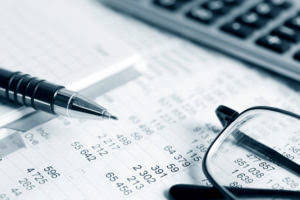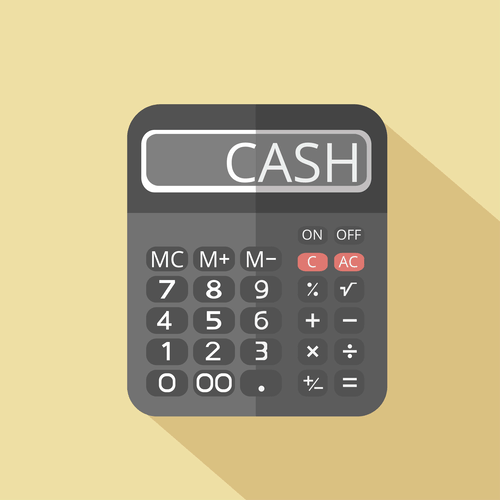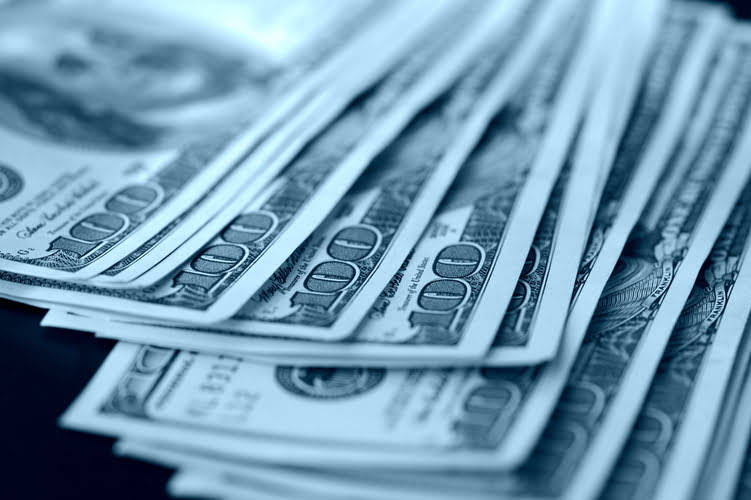
This cost ensures the store is accessible to customers and can continue generating sales. This could be a payment for rent, an electricity bill, or a purchase of materials. Direct expenses are costs tied to creating a specific product or service. Variable expenses fluctuate depending on the level of production or sales. With so many vendors, changing costs, and strict rules to follow, even small mistakes can cause big problems.

What are Direct and Indirect Expenses?

In accounting, accrued expenses are recorded as a liability on the balance sheet and as an expense on the income statement. Depending on the accounting system being used, such as Generally Accepted Accounting Principles (GAAP) or International Financial Reporting Standards (IFRS), the way it is Online Bookkeeping treated may change. Debiting an expenditure account and crediting the accumulated liabilities account are the normal steps in the journal entry process to report accrued expenses.
Accounts Receivable Aging Report: SMBs Guide to Achieving Cash Excellence

A current asset which indicates the cost of the insurance contract (premiums) that have been paid in advance. It represents the amount that has been paid but has not yet expired as of the balance sheet date. A current asset representing amounts paid in advance for future expenses. As the expenses are used or recording transactions expire, expense is increased and prepaid expense is decreased.
Application Management
- Bills often include a fixed charged as well as a variable fee based on usage.
- Operating expenses include all costs that are incurred to generate operating revenues like merchandise sales.
- Again, anything you spend money on relating to your business is considered an expense.
- A company’s operating expenses are costs required for everyday business operations, while non-operating expenses are other costs a business incurs that are not directly related to primary business operations.
- In this article we try and provide a comprehensive indirect expenses list.
- You incur expenses when your business spends money (e.g., when you purchase a good or service).
For example, if a company prepaid for a shipment of raw materials, but the supplier hasn’t delivered the materials yet, the amount paid is a prepaid expense. Anything you spend money on to operate your business and generate revenue counts as a business types of expenses in accounting expense. Common business expenses include rent, staff wages, equipment, vehicles, payments to suppliers, and insurance. Examples of frequent expenses include supplier payments, employee wages, factory leases, and equipment depreciation.
Step 2 – At the time of transferring interest to the P&L appropriation account. Step 1 – At the time of providing interest to the partner via his/her capital account. It may be possible to receive discounts from suppliers in certain situations for e.g. if a firm purchases in bulk or in case of early payment. Example – Max Withdrew 1,000 in cash for personal use from his business.
- Examples of manufacturing overhead are indirect labor (e.g. salary of supervisors), indirect materials (e.g. machine lubricants, maintenance tools), utility expenses, depreciation, etc.
- This explanation of accounting basics will introduce you to some basic accounting principles, accounting concepts, and accounting terminology.
- Accrued expenses are transactions a company needs to pay, such as rent or mortgages, but has not yet paid.
- Equipment will be depreciated over its useful life by debiting the income statement account Depreciation Expense and crediting the balance sheet account Accumulated Depreciation (a contra asset account).
- In most income statements prepared by companies, financing expenses are a separate line item usually presented after the operating expense or EBIT (earnings before interests and taxes).
- If the underlying asset is to be used over a long period of time, the expense takes the form of depreciation, and is charged ratably over the useful life of the asset.

